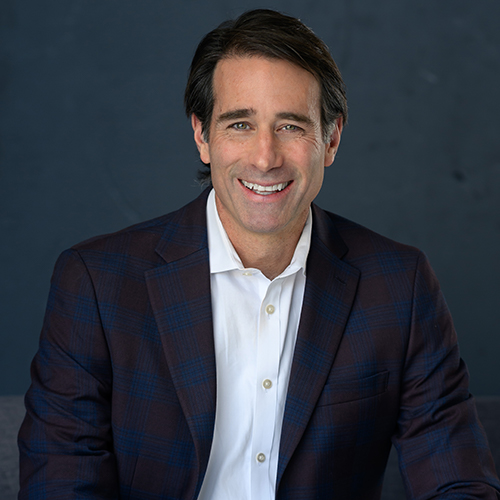In the News
Parish will have shot at portion $1.2 billion through Louisiana Watershed InitiativeParish will have shot at portion $1.2 billion through Louisiana Watershed Initiative
Washington, DC,
December 6, 2019
|
McHugh David
Livingston Parish News
It would appear that the statement continually uttered by Congressman Garret Graves, that 'disaster recovery is six times more expensive than disaster prevention,' has hit the right ears. President Donald Trump signed into law a $28 billion block grant through the Department of Housing and Urban Development (HUD). While Graves is not pleased with the amount of time it took to get the money out, when compared to the disaster, the state of Louisiana will receive $1.21 billion of that total outlay. The federal government required an Action Plan, presented by the recently formed Louisiana Watershed Initiative (LWI) as to how they intended to distribute the funds. The LWI will focus on four specific areas:
Administrative costs are baked into the grant at $48,556,680 or 4% total. Funding will come in rounds, with round 1 consisting of $100 million total statewide. LWI divided the state into eight total watersheds, with Livingston sitting in group 7 - along with portions of Washington, Tangipahoa, St. Tammany, East Baton Rouge, Ascension, St. Helena, East Feliciana, and West Feliciana. Each watershed will elect a fiscal agent to represent their interests at the 'table,' so to speak, which is the LWI board that meets regularly. Group 7's fiscal agent is, at this time, the Capital Region Planning Commission (CRPC). Livingston received a special designation as a HUD-specific, major disaster area. That puts it in line with nine other parishes for 50% of the community block grant monies as an automatic distribution. 26 other parishes will compete for the other 50%, if applicable, or the HUD-specific will take the remainder. Group 7's first meeting will be this Friday, Dec. 6, at the Bluebonnet library beginning at 9:30 a.m. The group will discuss their action plan for pursuing the first round of funding, coming in 2020, with phases 2 and 3 coming in 2022 and 2024, respectively. Phase 1 funding is provided as an incentive for local governments to act within their group, as opposed to alone, to develop regional drainage plans on a watershed basis, as opposed to single drainage outlet basis. Rounds 2 & 3 will be more restricted to models that prove a specific return on investment, based on developed modeling, for their specific watershed. Livingston's inclusion in the HUD-specific parishes comes on the back of the Great Flood of 2016. The state's action plan lists the August flood as a special section, highlighting the devastation incurred by the disaster with the following facts and figures:
In order to try and stop that from happening again, watersheds will participate in what is being defined as a competitive process. The action plan outlines the ability for watersheds to pursue grant funding through all of the program areas to work in tandem. "As local, regional, and state government and organizations work through the LWI toward regional, watershed-based coordination and as the LWI develops datasets and modeling tools to inform watershed management policy and project mitigation activities (see also Program Areas 3 & 4), the LWI will provide funding and assistance to local and regional organizations to implement identified projects and program with demonstrable and quantifiable mitigation outcomes," the plan states. Program Area 1, which are focused on local watershed projects and programs, are focused (but not limited to) the following list:
Program area 2 includes State projects and programs, which can include regional retention and detention projects that would help with the large rainfall events that lead to flash flooding. Also on the list for state projects are: Large area buyouts - Purchasing subdivisions and homes that are in repetitive loss situations Resilient, affordable housing programs - Moving poor out of flood hazard areas and into more flood-mitigated housing Remote lands purchasing - Land that was once subdivided for development but is no longer desirable due to a disaster. The state could potentially use funds to purchase these areas for detention and retention. Livingston Parish, in their pursuit of a master drainage plan, could benefit from program areas 3 & 4 - which deal with monitoring, mapping, modeling, and policy, however their fund totals are much lower. The Livingston Parish Council allocated roughly $167,000 as a grant match to improve the Master Plan to include a zoning and master drainage plan. |



